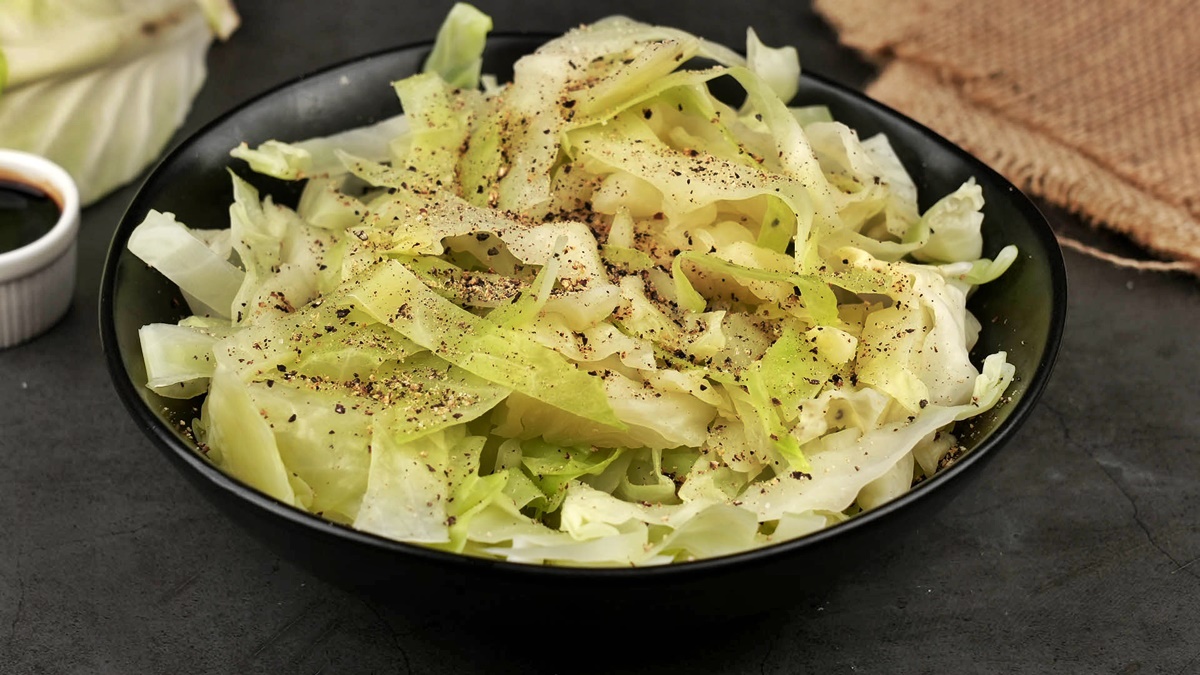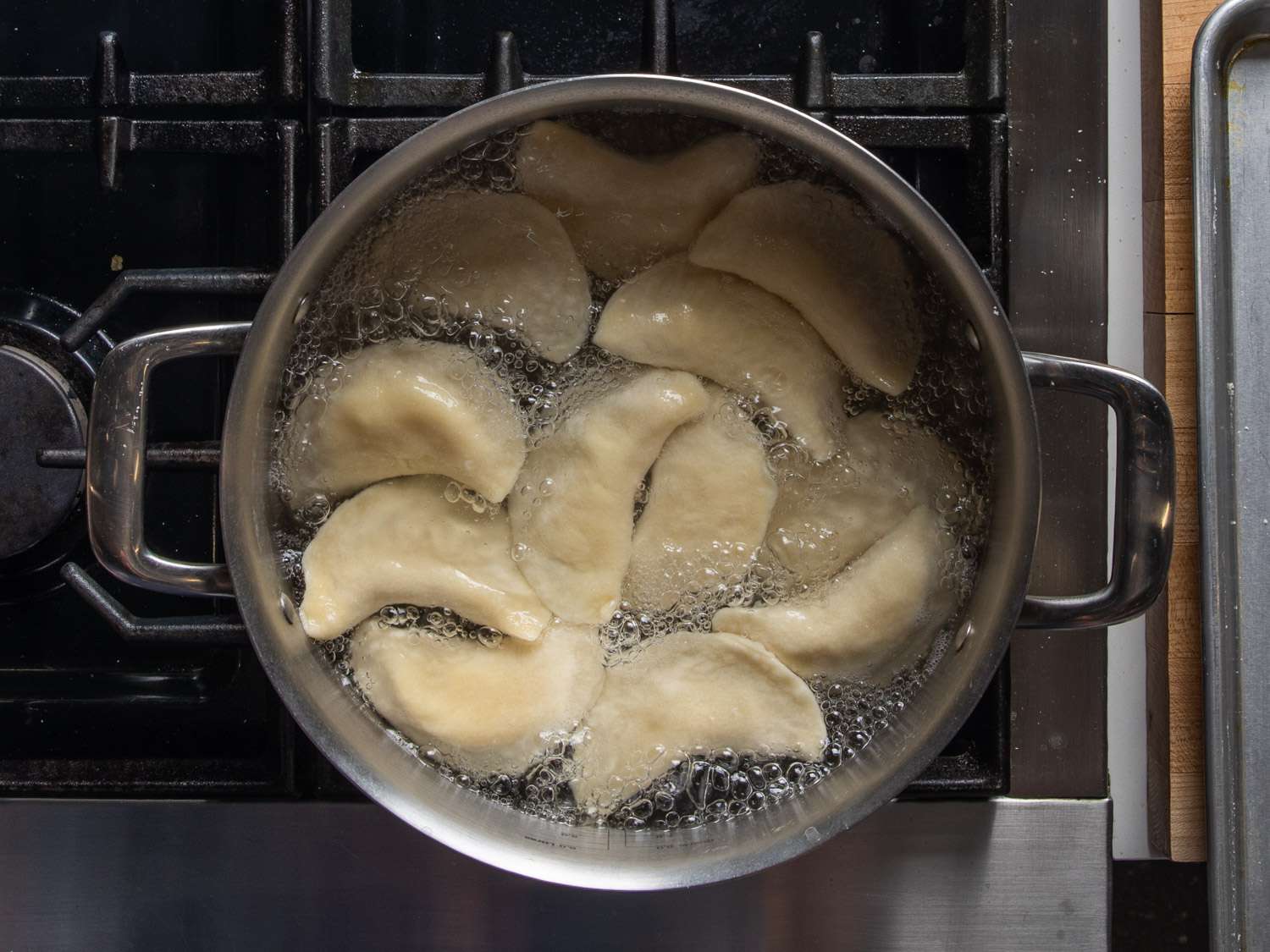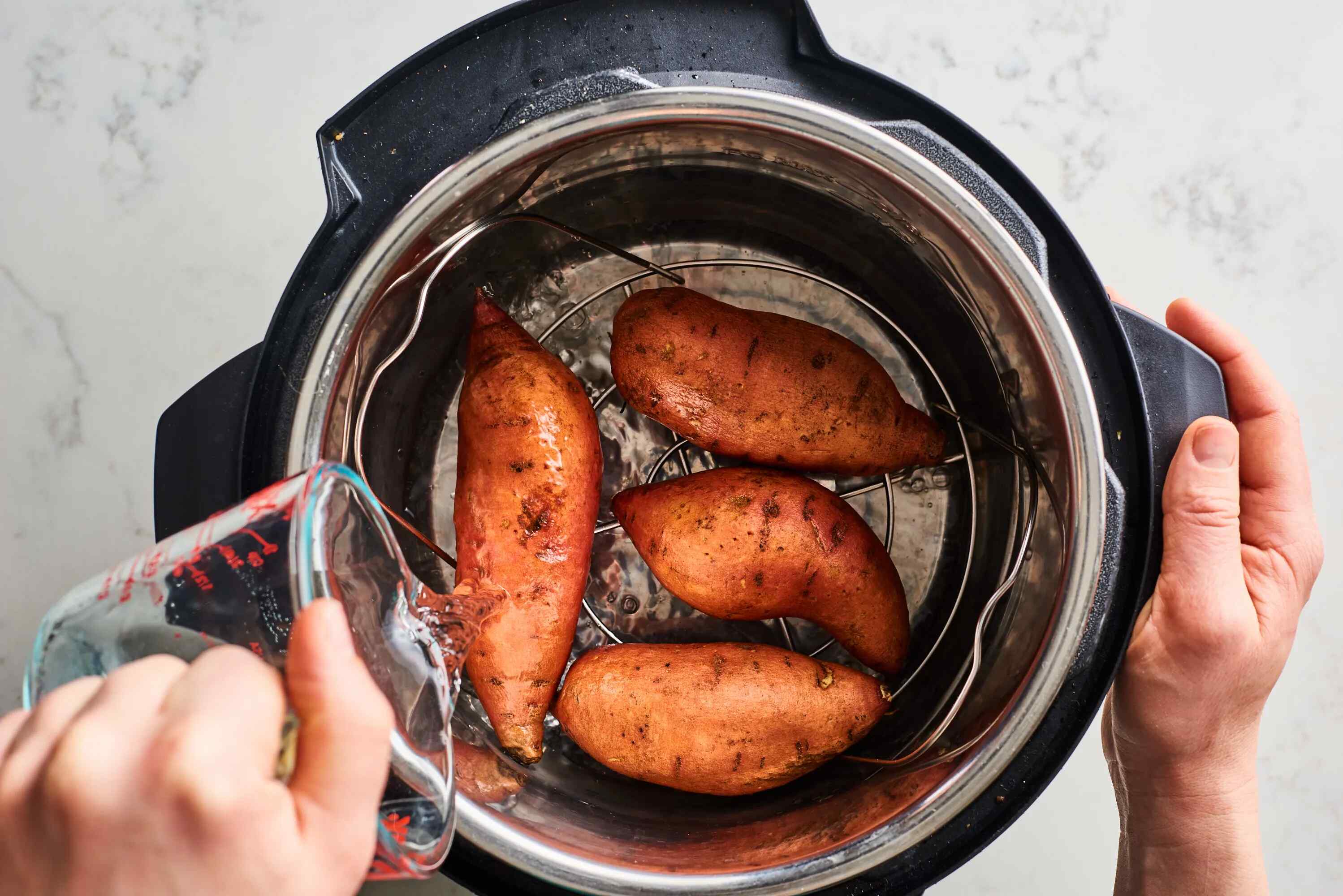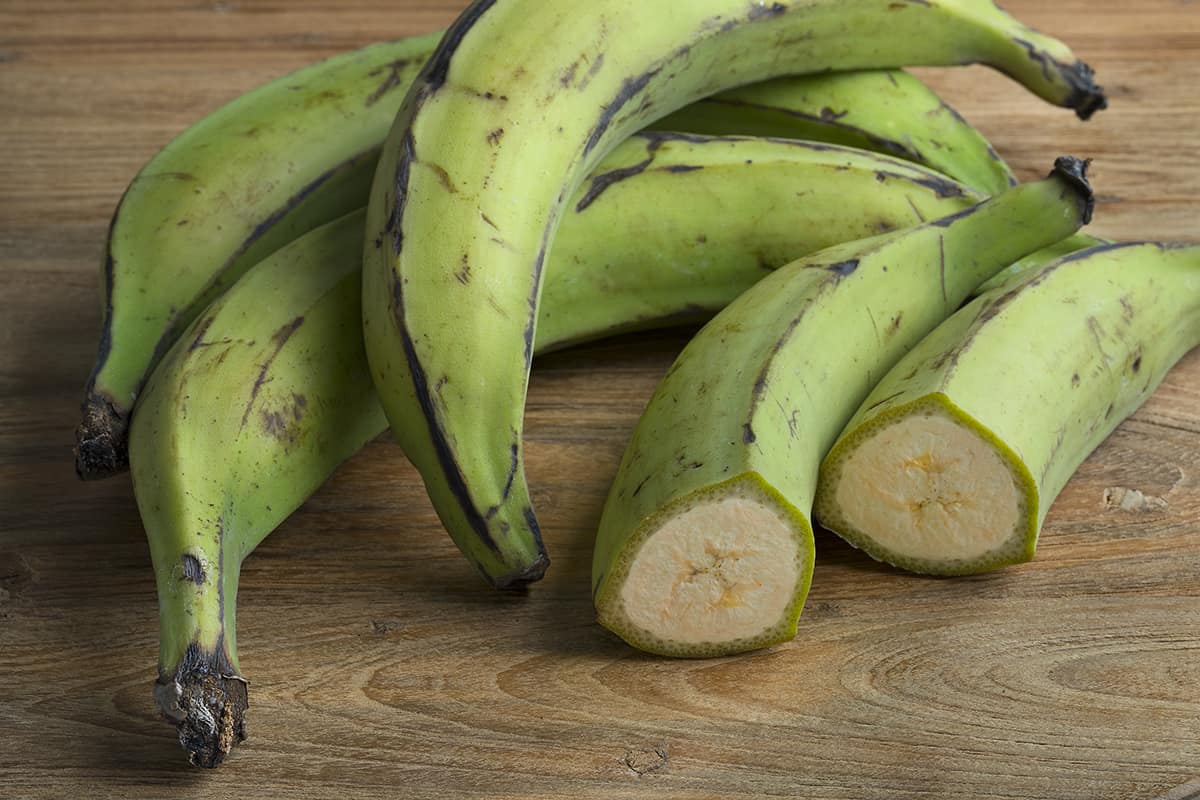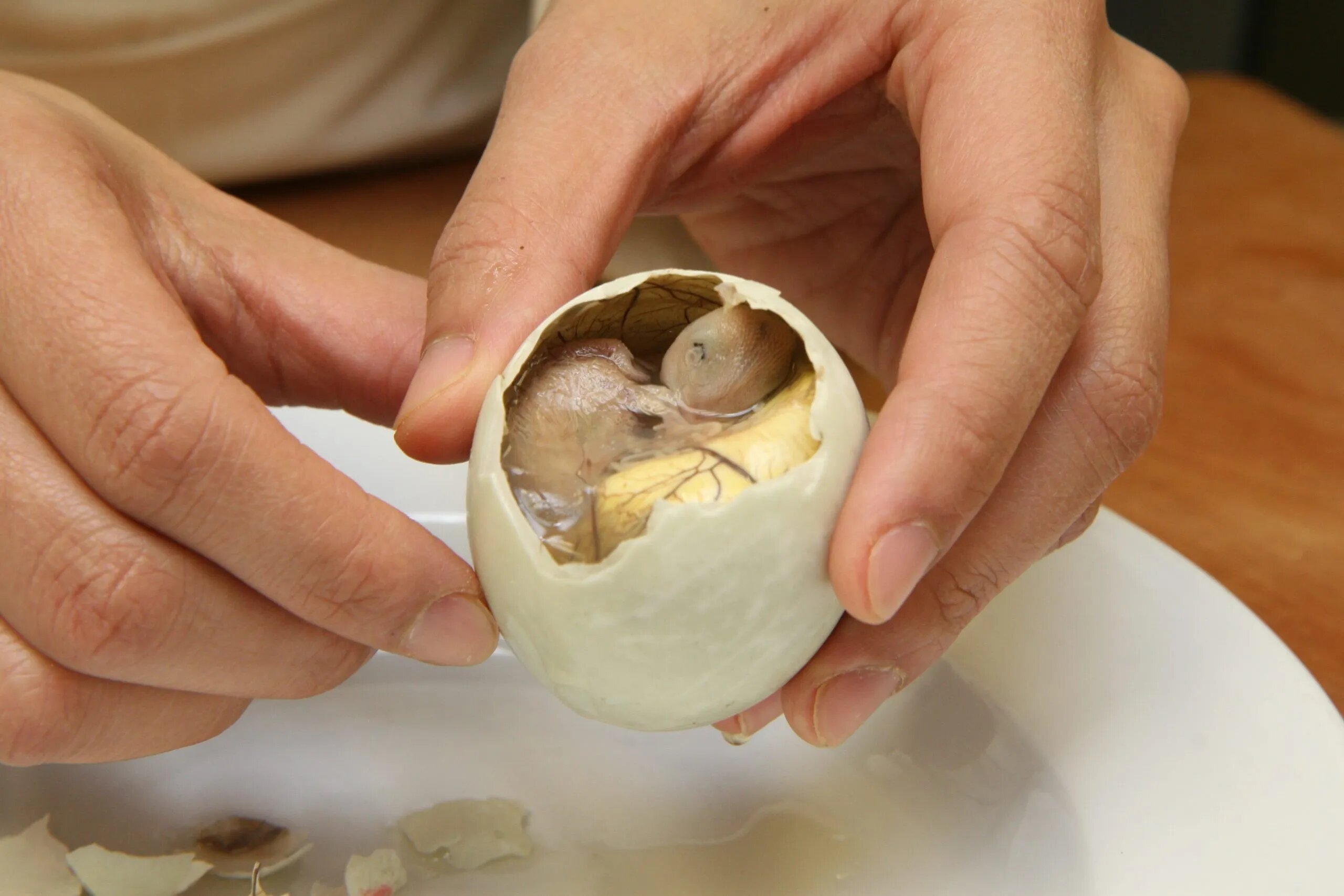Boiling sea moss transforms it into a gel, unlocking its health benefits and versatility in recipes. This process, simple yet delicate, requires attention to detail. Start with raw, dried sea moss, thoroughly cleaned to remove any impurities. Soaking it overnight softens the texture, making the boiling step more efficient. In a pot, combine soaked sea moss with water, simmering until it achieves a thick, gel-like consistency. This method not only preserves the nutrients but also makes it easier to incorporate into smoothies, desserts, and sauces, enhancing their texture and nutritional value.
Gather Your Sea Moss Essentials
- Raw sea moss (about 1-2 ounces)
- Filtered water for soaking and boiling
- Lime juice (optional, for flavor)
Essential Tools for Boiling Sea Moss
- Large pot for boiling water
- Measuring cup to measure water
- Wooden spoon for stirring
- Colander to rinse sea moss
- Large bowl for soaking
- Tongs to handle sea moss when hot
- Blender for blending sea moss into gel
- Mason jars or airtight containers for storage
Boiling sea moss transforms it into a gel, offering a nutrient-rich addition to foods. Rinse thoroughly, simmer for 15-30 minutes, then blend until smooth for best results.
The Benefits of Boiling Sea Moss
Boiling sea moss transforms it into a gel, unlocking its nutritional benefits. This process makes minerals like iodine and potassium more accessible, aiding in thyroid function and electrolyte balance.
Sea moss gel serves as a versatile ingredient in smoothies and skincare, offering a natural boost to health and wellness.
Your Step-by-Step Boiling Guide
How To Boil Sea Moss
-
Rinse Sea Moss Thoroughly
- Begin by placing sea moss in a large bowl. Cover it with cold water. Use your hands to agitate the sea moss to remove any sand, dirt, or debris. Repeat this process 2-3 times until the water runs clear.
-
Soak Sea Moss
- After rinsing, fill the bowl with cold water again, ensuring the sea moss is fully submerged. Allow it to soak for 12-24 hours. During this time, sea moss will expand and soften, making it easier to boil.
-
Drain and Rinse
- Once soaked, drain off the soaking water. Rinse the sea moss under cold running water to remove any remaining impurities.
-
Boil Water
- Fill a large pot with water. Bring water to a boil over high heat. Ensure you have enough water to cover the sea moss completely.
-
Add Sea Moss to Boiling Water
- Carefully add the soaked sea moss to the boiling water. Stir gently to ensure it's fully submerged.
-
Reduce Heat and Simmer
- Lower the heat to maintain a gentle simmer. Allow the sea moss to cook for 15-30 minutes, or until it becomes translucent and tender.
-
Cool Down
- Turn off the heat. Let the sea moss cool in the pot for about 20 minutes. It will continue to thicken as it cools.
-
Blend (Optional)
- For a gel consistency, transfer the sea moss and some of the water it was boiled in to a blender. Blend until smooth. Adjust the amount of water to achieve your desired thickness.
-
Store
- Pour the blended sea moss gel into an airtight container. Store in the refrigerator. It will continue to thicken and set as it cools.
Sea moss, when prepared correctly, is a versatile ingredient known for its health benefits. Boiling it is a straightforward process that requires patience and attention to detail. Enjoy the nutritional benefits it adds to your diet!
Mastering the Art of Sea Moss Preparation
Boiling sea moss is simpler than you might think. With just a pot, water, and some patience, you've got everything needed to transform this oceanic plant into a gel that's packed with nutrients. Remember, start with thoroughly cleaned sea moss to ensure your gel is free from any impurities or ocean debris. The key is to simmer gently, allowing all the goodness to infuse into the water without boiling it away. Once you've mastered the basic technique, feel free to experiment by adding flavors or combining it with other superfoods to boost your health regimen. Whether you're using it in smoothies, desserts, or as a thickener in soups, sea moss gel is a versatile addition to your kitchen. So, give it a try and see how this marine marvel can enhance your culinary creations and your well-being.
All Your Questions Answered
What exactly is sea moss?
Sea moss, also known as Irish moss, is a type of red algae that grows along the Atlantic coastlines of North America, Europe, and the Caribbean. It's famed for its rich nutrient profile, boasting vitamins, minerals, and antioxidants. Folks often use it in food for its thickening properties and in health supplements for its potential benefits.
How long should you boil sea moss for?
You'll want to simmer your sea moss for about 15-30 minutes. Keep an eye on it; you're aiming for a soft, gelatinous texture. Overcooking can strip away some of its nutritional value, so less is more here.
Can you reuse sea moss after boiling?
Absolutely! Once boiled and turned into a gel, sea moss can be stored in the refrigerator for up to three weeks. Use it as a thickener in smoothies, soups, or homemade cosmetics. Its versatility is one of its best features.
What's the best way to store boiled sea moss?
After boiling, let your sea moss cool down and blend it into a gel. Store this gel in an airtight container in the fridge. Keeping it cool and sealed ensures it retains its nutritional goodness for longer.
Is it necessary to wash sea moss before boiling?
Definitely. Rinse your sea moss thoroughly under cold water to remove any sand, salt, or other oceanic debris. Some folks also like to soak it in water with a bit of lime or vinegar to further clean and soften it before boiling.
How much water should you use to boil sea moss?
Use enough water to cover the sea moss by a couple of inches. This ratio allows it enough room to expand and soften properly without diluting its potent nutrients too much. Adjust the water as needed during boiling.
Can sea moss be overcooked?
Yes, it can. Overcooking sea moss might reduce its gel-like consistency and nutritional profile. Stick to the recommended simmering time of 15-30 minutes and keep it at a gentle boil to preserve its health benefits.
Was this page helpful?
Read Next: How To Boil Eggs Without A Stove
